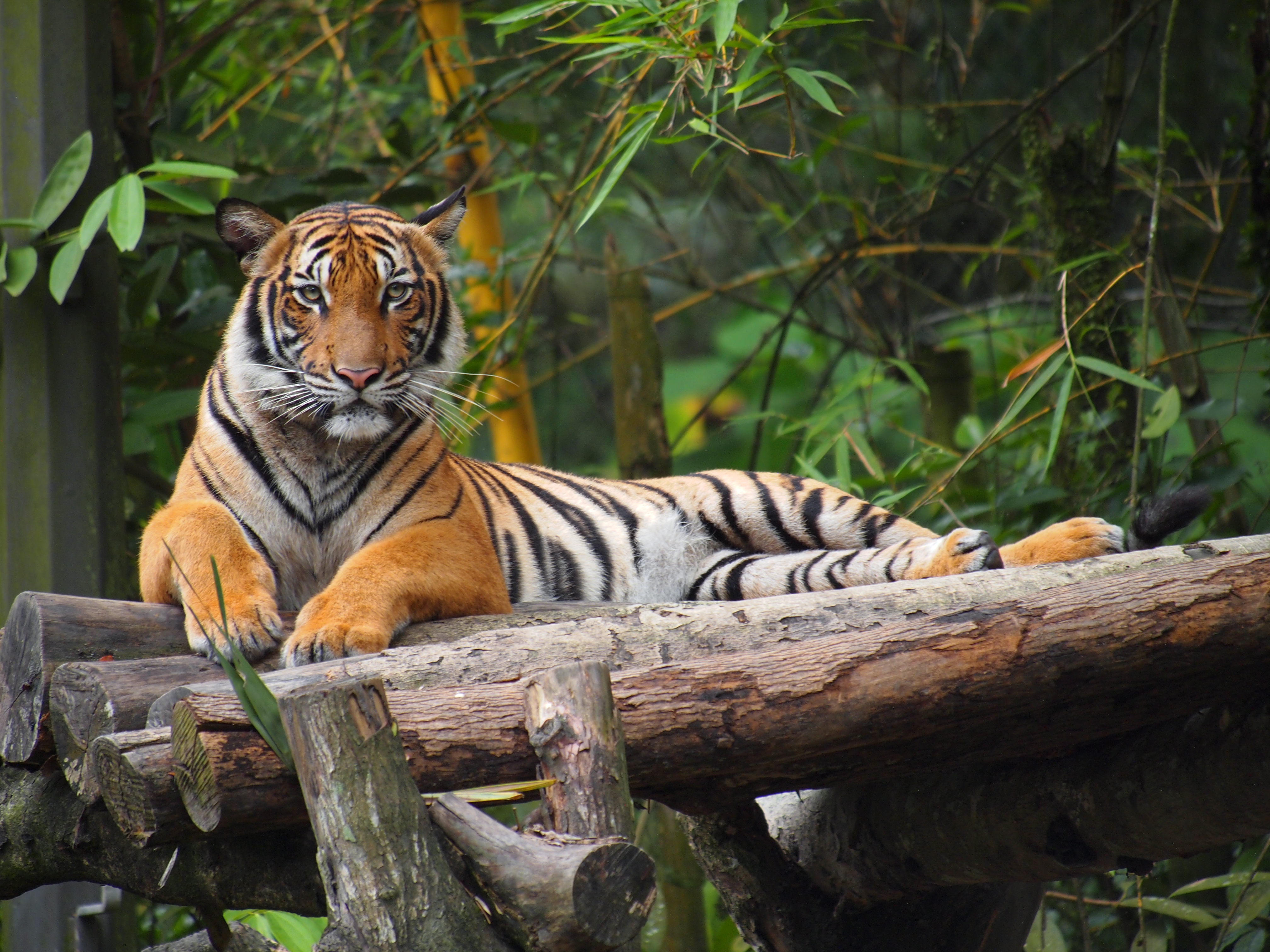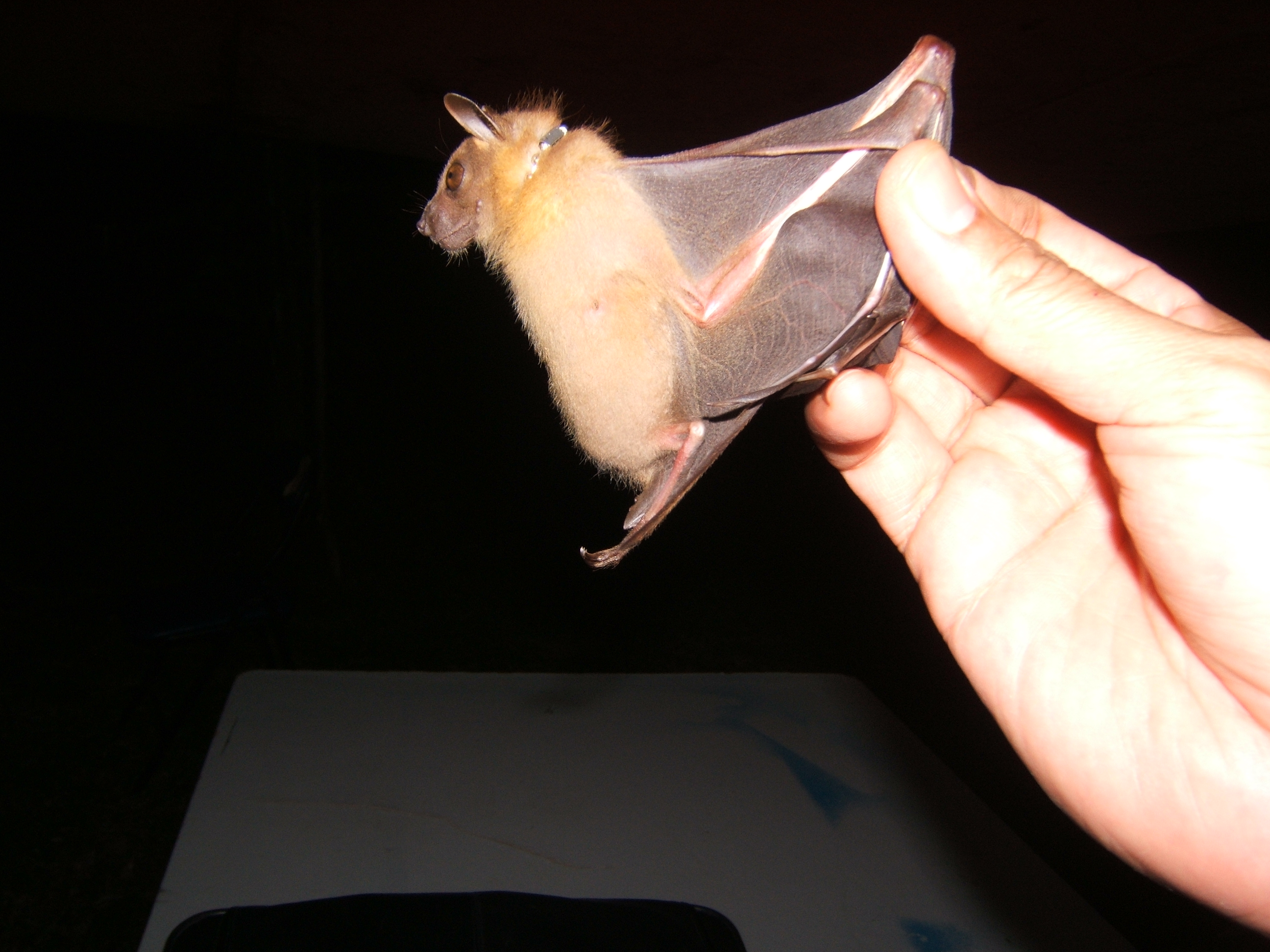|
Mountain Treeshrew
The mountain treeshrew (''Tupaia montana'') is a treeshrew species within the Tupaiidae. It is endemic to Borneo and inhabits montane forests in Sarawak and Sabah, Malaysia, and Kalimantan, Indonesia. The first specimen was described by Oldfield Thomas and was part of a zoological collection from northern Borneo obtained by the British Museum of Natural History.Thomas, O. (1892)''On some new Mammalia from the East-Indian Archipelago''.The Annals and Magazine of Natural History 6 (9): 250–254. Characteristics The mountain treeshrew is dark grizzled rufous above with an indistinct black line along the back. Its tail is rather short and grizzled rufous above, but below more olivaceous yellow with a black tip. The lateral tail hairs are ringed. The head and body length measures 15–33 cm and the tail length measures 13–19 cm. Distribution and habitat Charles Hose collected the first specimen at about on Mount Dulit. Mountain treeshrews have mostly been recorded in ... [...More Info...] [...Related Items...] OR: [Wikipedia] [Google] [Baidu] |
Oldfield Thomas
Michael Rogers Oldfield Thomas (21 February 1858 – 16 June 1929) was a British zoologist. Career Thomas worked at the Natural History Museum, London, Natural History Museum on mammals, describing about 2,000 new species and subspecies for the first time. He was appointed to the museum secretary's office in 1876, transferring to the zoological department in 1878. In 1891, Thomas married Mary Kane, daughter of Sir Andrew Clark, 1st Baronet, Sir Andrew Clark, heiress to a small fortune, which gave him the finances to hire mammal collectors and present their specimens to the museum. He also did field work himself in Western Europe and South America. His wife shared his interest in natural history, and accompanied him on collecting trips. In 1896, when William Henry Flower took control of the department, he hired Richard Lydekker to rearrange the exhibitions, allowing Thomas to concentrate on these new specimens. Thomas viewed his taxonomy efforts from the scope of British impe ... [...More Info...] [...Related Items...] OR: [Wikipedia] [Google] [Baidu] |
Mutualism (biology)
Mutualism describes the ecological Biological interaction, interaction between two or more species where each species has a net benefit. Mutualism is a common type of Ecology, ecological interaction. Prominent examples are: * the nutrient exchange between vascular plants and mycorrhizal fungi, * the Fertilisation, fertilization of flowering plants by pollinators, * the ways plants use fruits and edible seeds to encourage animal aid in seed dispersal, and * the way corals become photosynthetic with the help of the microorganism zooxanthellae. Mutualism can be contrasted with interspecific competition, in which each species experiences ''reduced'' fitness, and Cheating (biology), exploitation, and with parasitism, in which one species benefits at the expense of the other. However, mutualism may evolve from interactions that began with imbalanced benefits, such as parasitism. The term ''mutualism'' was introduced by Pierre-Joseph van Beneden in his 1876 book ''Animal Parasites an ... [...More Info...] [...Related Items...] OR: [Wikipedia] [Google] [Baidu] |
Mammals Described In 1892
A mammal () is a vertebrate animal of the class Mammalia (). Mammals are characterised by the presence of milk-producing mammary glands for feeding their young, a broad neocortex region of the brain, fur or hair, and three middle ear bones. These characteristics distinguish them from reptiles and birds, from which their ancestors diverged in the Carboniferous Period over 300 million years ago. Around 6,640 extant species of mammals have been described and divided into 27 orders. The study of mammals is called mammalogy. The largest orders of mammals, by number of species, are the rodents, bats, and eulipotyphlans (including hedgehogs, moles and shrews). The next three are the primates (including humans, monkeys and lemurs), the even-toed ungulates (including pigs, camels, and whales), and the Carnivora (including cats, dogs, and seals). Mammals are the only living members of Synapsida; this clade, together with Sauropsida (reptiles and birds), ... [...More Info...] [...Related Items...] OR: [Wikipedia] [Google] [Baidu] |
Fauna Of The Borneo Montane Rain Forests
Fauna (: faunae or faunas) is all of the animal life present in a particular region or time. The corresponding terms for plants and fungi are ''flora'' and ''funga'', respectively. Flora, fauna, funga and other forms of life are collectively referred to as '' biota''. Zoologists and paleontologists use ''fauna'' to refer to a typical collection of animals found in a specific time or place, e.g. the "Sonoran Desert fauna" or the "Burgess Shale fauna". Paleontologists sometimes refer to a sequence of faunal stages, which is a series of rocks all containing similar fossils. The study of animals of a particular region is called faunistics. Etymology ''Fauna'' comes from the name Fauna, a Roman goddess of earth and fertility, the Roman god Faunus, and the related forest spirits called Fauns. All three words are cognates of the name of the Greek god Pan, and ''panis'' is the Modern Greek equivalent of fauna (πανίς or rather πανίδα). ''Fauna'' is also the word for a book ... [...More Info...] [...Related Items...] OR: [Wikipedia] [Google] [Baidu] |
Endemic Fauna Of Borneo
Endemism is the state of a species being found only in a single defined geographic location, such as an island, state, nation, country or other defined zone; organisms that are indigenous to a place are not endemic to it if they are also found elsewhere. For example, the Cape sugarbird is found exclusively in southwestern South Africa and is therefore said to be ''endemic'' to that particular part of the world. An endemic species can also be referred to as an ''endemism'' or, in scientific literature, as an ''endemite''. Similarly, many species found in the Western ghats of India are examples of endemism. Endemism is an important concept in conservation biology for measuring biodiversity in a particular place and evaluating the risk of extinction for species. Endemism is also of interest in evolutionary biology, because it provides clues about how changes in the environment cause species to undergo range shifts (potentially expanding their range into a larger area or becomin ... [...More Info...] [...Related Items...] OR: [Wikipedia] [Google] [Baidu] |
Mammals Of Malaysia
The wildlife of Malaysia is diverse, with Malaysia being a Megadiverse countries, megadiverse country. Most of the country is covered in rainforest, which hosts a huge biodiversity, diversity of plant and animal species. There are approximately 361 mammal species, 694 #Birds, bird species, 250 reptile species, and 150 frog species found in Malaysia. Its large marine territory also holds a great diversity of life, with the country's coastal waters comprising part of the Coral Triangle. Terrestrial fauna Malaysia is estimated to contain 20% of the world's animal species, and includes some of the most biodiverse areas on the planet. High levels of endemism are found in the diverse forests of Malaysian Borneo's mountains, as populations are isolated from each other by lowland forest. Mammals There are about 361 mammal species in Malaysia.https://ir.unimas.my/1554/1/list%20of%20361%20species%20of%20mammals%20in%20malaysia.pdf Peninsular Malaysia holds four big cats: the Indochine ... [...More Info...] [...Related Items...] OR: [Wikipedia] [Google] [Baidu] |
Mammals Of Indonesia
This is a list of mammals in Indonesia. It is derived from the IUCN Red List and includes those mammals that have been extinct since 1500. The following tags are used to highlight each species' conservation status: Subclass: Yinotheria Order: Monotremata (monotremes) Monotremes are mammals that lay eggs instead of giving birth to live young. Momotremata comprises the platypus and echidnas. *Family: Tachyglossidae (echidnas) **Genus: ''Tachyglossus'' *** Short-beaked echidna, ''T. aculeatus'' **Genus: ''Zaglossus'' *** Sir David's long-beaked echidna, ''Z. attenboroughi'' *** Eastern long-beaked echidna, ''Z. bartoni'' *** Western long-beaked echidna, ''Z. bruijnii'' Subclass Metatheria Order: Dasyuromorphia (carnivorous marsupials) The order Dasyuromorphia comprises most of the carnivorous marsupials, including quolls, dunnarts, the numbat, the Tasmanian devil, and the recently extinct thylacine. *Family: Dasyuridae **Genus: '' Dasyurus'' *** New Guinean quoll, ''D. albo ... [...More Info...] [...Related Items...] OR: [Wikipedia] [Google] [Baidu] |
Mammals Of Brunei
This is a list of the mammal species recorded in Brunei. The following tags are used to highlight each species' conservation status as assessed by the International Union for Conservation of Nature: Some species were assessed using an earlier set of criteria. Species assessed using this system have the following instead of near threatened and least concern categories: Order: Sirenia (manatees and dugongs) Sirenia is an order of fully aquatic, herbivorous mammals that inhabit rivers, estuaries, coastal marine waters, swamps, and marine wetlands. All four species are endangered. *Family: Dugongidae **Genus: ''Dugong'' ***Dugong, ''D. dugon'' Order: Scandentia (treeshrews) The treeshrews are small mammals native to the tropical forests of Southeast Asia. Although called treeshrews, they are not true shrews and are not all arboreal. *Family: Tupaiidae (tree shrews) **Genus: ''Tupaia (genus), Tupaia'' ***Long-footed treeshrew, ''T. longipes'' ***Painted treeshrew, ''T. picta' ... [...More Info...] [...Related Items...] OR: [Wikipedia] [Google] [Baidu] |
Mammals Of Borneo
The mammal species of Borneo include 288 species of terrestrial and 91 species of marine mammals recorded within the territorial boundaries of Brunei, Indonesia and Malaysia. The terrestrial mammals are dominated by the chiroptera (102 species of bats) and rodents (61 species of rats and mice). Introduction The high diversity and endemicity of mammals is related to the many niches found in the tropical rain forest of Borneo and past Pleistocene events within the Sundaland region. During interglacial and post-glacial periods, there was migration of animal from the Asian mainland into Borneo and into Sulawesi via the Philippines. Due to lack of favourable habitats and small founder population, some species of animals have become extinct and others have radiated into endemic species. Of the 57 mammal species that were identified from archaeological remains in the Niah Caves, Sarawak, 13 were bats. Four of these were megachiropterans, '' Pteropus vampyrus'', '' Rousettus amplexicaudat ... [...More Info...] [...Related Items...] OR: [Wikipedia] [Google] [Baidu] |
Nepenthes Rajah
''Nepenthes rajah'' is a carnivorous plant, carnivorous pitcher plant species of the family (biology), family Nepenthes, Nepenthaceae. It is endemic (ecology), endemic to Mount Kinabalu and neighbouring Mount Tambuyukon in Sabah, Malaysian Borneo. ''Nepenthes rajah'' grows exclusively on Serpentine group, serpentine Substrate (biology), substrates, particularly in areas of seepage, seeping ground water where the soil is loose and permanently moist. The species has an Altitude, altitudinal range (biology), range of above sea level and is thus considered a Highland (geography), highland or sub-Alpine climate, alpine plant. Due to its localised distribution, ''N. rajah'' is classified as an endangered species by the World Conservation Union, IUCN and listed on CITES, CITES Appendix I. The species was collected by Hugh Low on Mount Kinabalu in 1858, and described the next year by Joseph Dalton Hooker, who named it after James Brooke, the first White Rajah of Sarawak. Since being in ... [...More Info...] [...Related Items...] OR: [Wikipedia] [Google] [Baidu] |
Nepenthes Macrophylla
''Nepenthes macrophylla'' , the large-leaved pitcher-plant,Phillipps, A. & A. Lamb 1996. ''Pitcher-Plants of Borneo''. Natural History Publications (Borneo), Kota Kinabalu. is a tropical pitcher plant known only from a very restrictive elevation on Mount Trusmadi in Sabah, Malaysian Borneo. ''Nepenthes macrophylla'' was once thought to be a subspecies of ', but differs from that species in several aspects of pitcher and leaf morphology.Clarke, C.M. 1997. ''Nepenthes of Borneo''. Natural History Publications (Borneo), Kota Kinabalu. Botanical history ''Nepenthes macrophylla'' was known to grow on Mount Trusmadi for a long time prior to its description, although it was not initially considered a distinct species. Shortly after its discovery, it was lumped with ', a similar species from Kinabalu National Park. In his 1976 guide, '' Nepenthes of Mount Kinabalu'', botanist Shigeo Kurata wrote:Kurata, S. 1976. '' Nepenthes of Mount Kinabalu''. Sabah National Parks Publications No. 2, ... [...More Info...] [...Related Items...] OR: [Wikipedia] [Google] [Baidu] |






